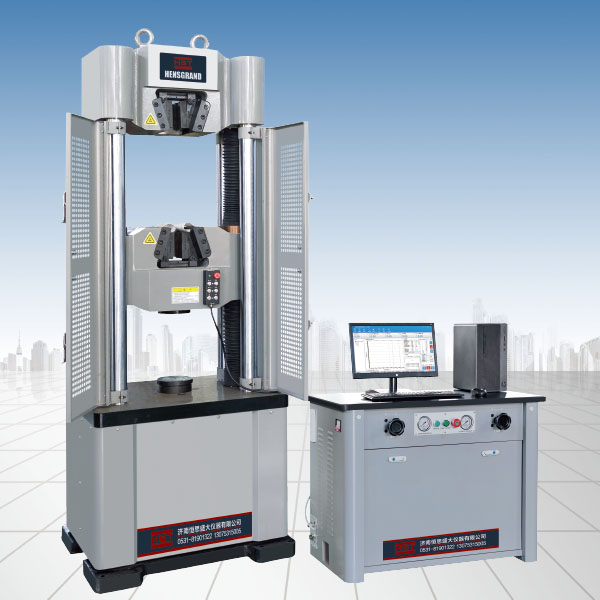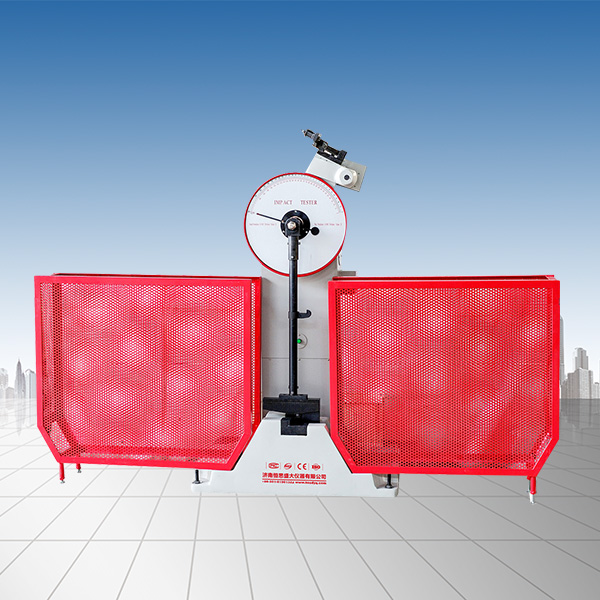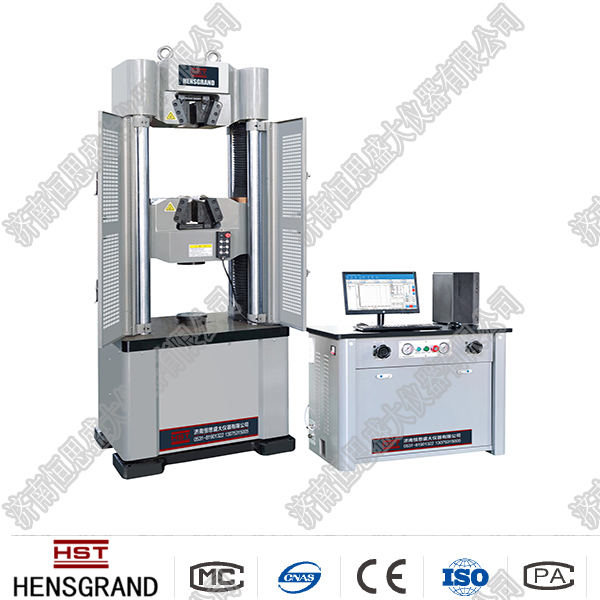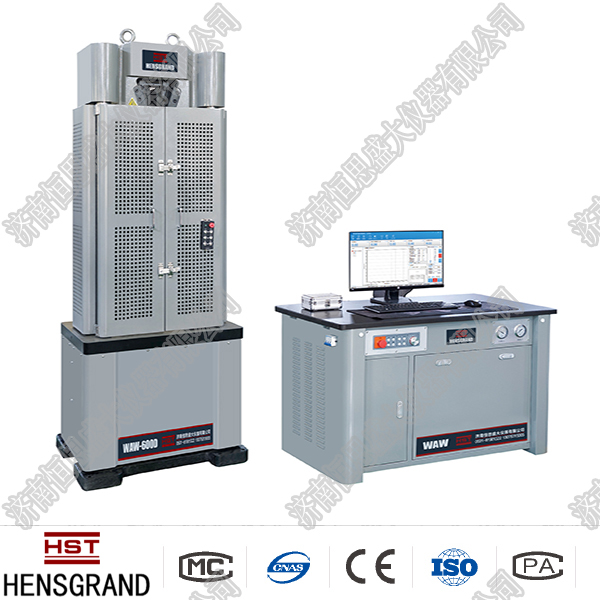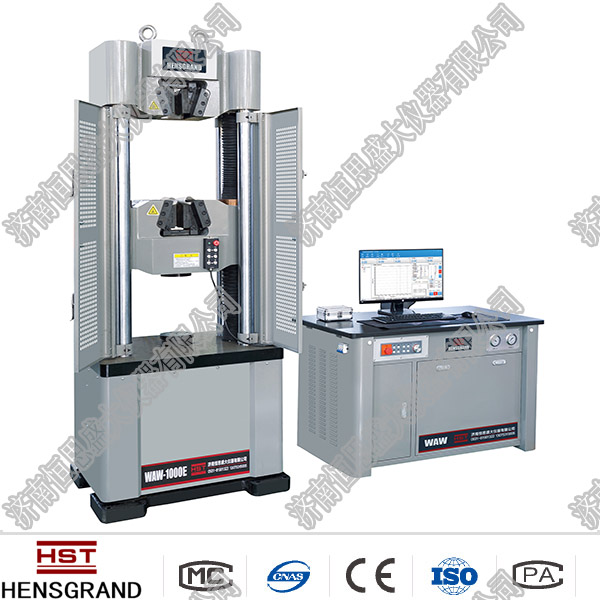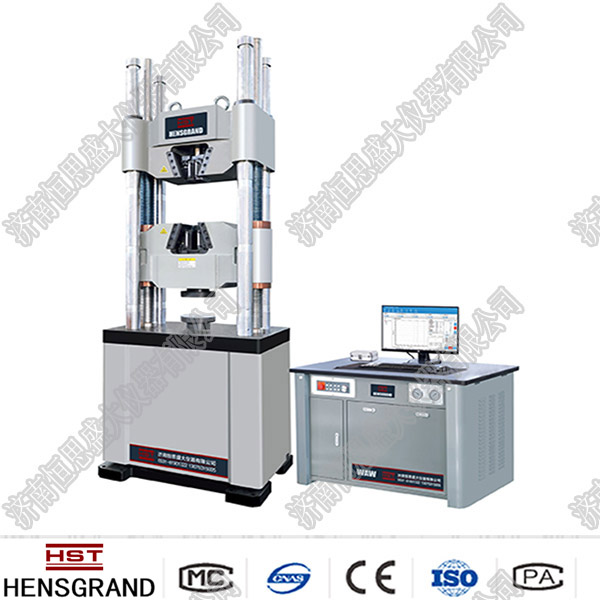Company News
Effect of test machine stiffness on test results
Release time:2018-11-23 source:Jinan Hengsi Shanda Instrument Co., Ltd. Browse:
At present, the quality of the test machines produced by domestic manufacturers is uneven and the prices vary greatly, which makes consumers feel confused when purchasing and cannot distinguish the quality of the test machines. This article discusses how to choose a high-quality test machine through an analysis of the stiffness of the material.
Stiffness refers to the ability of a certain component or structure to resist deformation, that is, the stress required when a unit deformation is caused. Generally speaking, it is for components or structures. Its size is not only related to the properties of the material itself, but also to the cross-section and shape of the component or structure.
Different types of stiffness have different expressions:
Cross-section stiffness refers to the ability of the cross-section to resist deformation, and the expression is the product of the material's elastic modulus or shear modulus and the corresponding cross-section moment of inertia or cross-sectional area. The expression of cross-section stretching (compression) stiffness is the product of the elastic modulus of the material and the cross-sectional area; the cross-sectional bending stiffness is the product of the elastic modulus of the material and the moment of inertia of the cross-section, etc.
Member stiffness refers to the ability of a member to resist deformation, and its expression is the ratio of the internal force caused by the action applied to the member to its corresponding component deformation. The expression of the member bending stiffness is the ratio of the bending moment applied to the bending member to the amount of curvature change caused by deformation; the shear stiffness of the member is the ratio of the shear force applied to the shear member to the amount of orthogonal angle change caused by deformation. The structural lateral displacement stiffness refers to the ability of the structure to resist lateral deformation, the ratio of the horizontal force applied to the structure to the horizontal displacement caused by it, etc.
We use the impact test as an example to illustrate the impact of the test machine stiffness on the test results.
First of all, we believe that the test machine's swing rod is subjected to a certain lateral force during the impact test, which is caused by bending deformation of the sample. When the force is greater than a certain specified value, the pendulum may move along the lateral force direction under its action. This is determined by the rigidity of the pendulum design and its overall structure.
During the impact test, a pair of lateral forces will be applied to the pendulum during the fracture. When their magnitudes are equal and the directions are opposite, the combined force is zero. This state mainly depends on the position of the crack when it cracks, and is an ideal state. When the crack start point is biased to the vertical hitting center line, when the sum of the pair of lateral force vectors is not zero, a force that causes the pendulum to move sideways is generated. This force changes with the crack path. When its direction changes during the impact process, this causes the pendulum to vibrate. This is what people often see the vibration of the pendulum during the impact process. When the direction-finding force of the pendulum only changes in size and does not change in direction, the sample will be twisted.
However, whether the pendulum vibration occurs or the sample twisting requires the pendulum work. At this time, the impact absorption function displayed by the test machine is:
Ak: The impact absorption function shown by the test machine
Akxy: The real impact absorption work of the sample
Wx(m): Work done by the pendulum vibration (or work done by the sample twist).
From the additional terms in the above formula, we can see that the pendulum can easily cause additional energy consumption during the impact process, thus not truly reflecting the true impact absorption work of the sample.
In fact, the overall rigidity of the test machine caused by design and the transmission of vibration caused by errors in the installation of the test machine all make the impact absorption function displayed by the test machine be too high.
As stated in the relevant standards, the test machine should be a whole with the earth, which emphasizes the importance of the installation of the test machine. If the foundation is not done well enough, people will feel the vibration of the ground when conducting the impact test. Such vibration is undoubtedly the result of the work done by the test machine, so the energy displayed by the test machine is the sum of the real impact absorption work of the sample and this part of the vibration work. Similarly, the insufficient rigidity of the test machine also causes the high impact absorption function of the sample measured by the test machine to be too high.
Recommended productsPRODUCTS


















